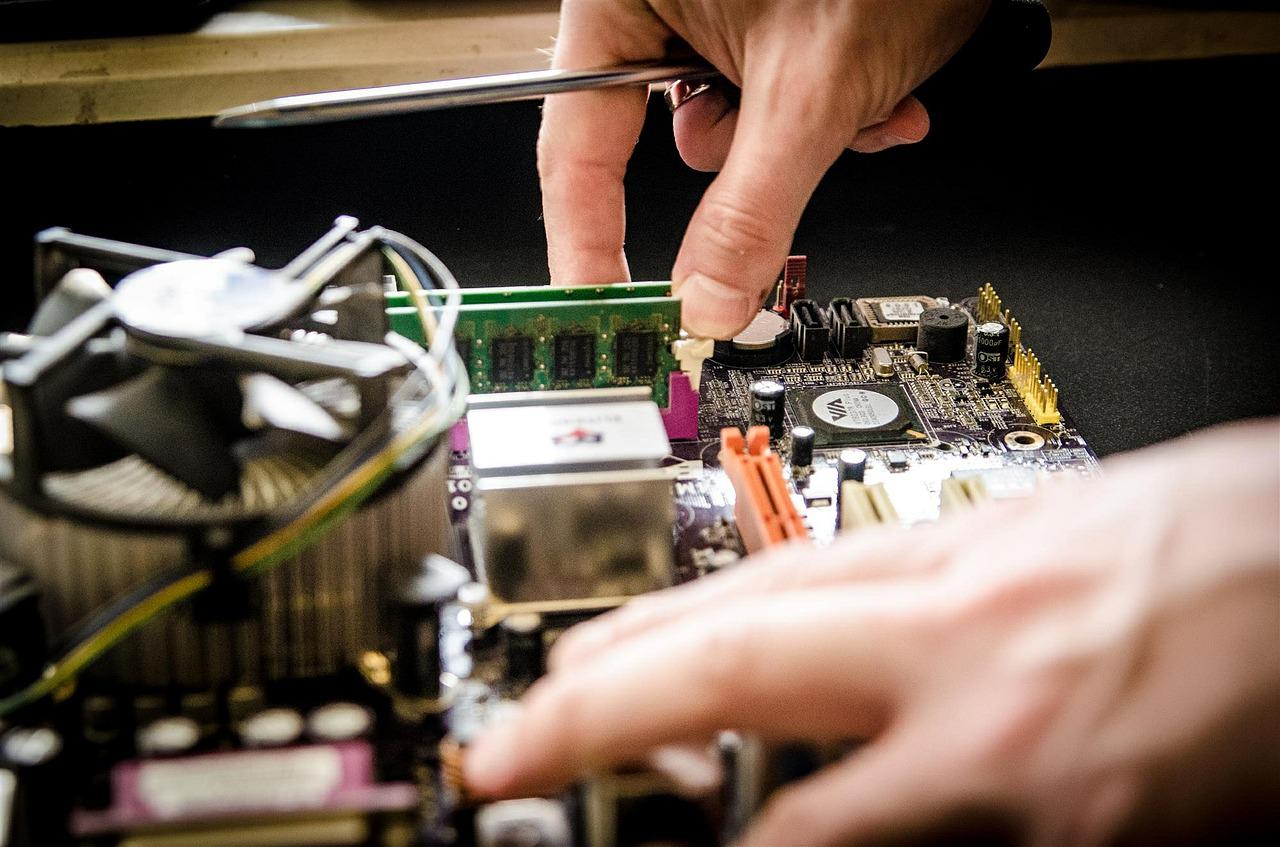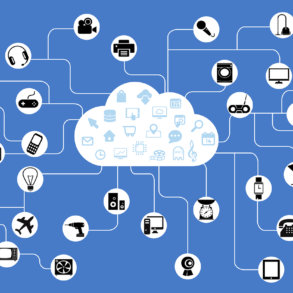X.25 is a standard suite of protocols used for packet-switched communications over a wide area network—a WAN. A protocol is an agreed-upon set of procedures and rules. Two devices that follow the same protocols can understand each other and exchange data.
History of X.25
X.25 was originally developed in the 1970s to carry voice over analog telephone lines—dial-up networks. Typical applications of X.25 included automatic teller machine networks and credit card verification networks.
X.25 also supported a variety of mainframe terminal and server applications. The 1980s were the heydays of X-25 technology when it was used by public data networks Compuserve, Tymnet, Telenet, and others. In the early 90s, many X.25 networks were replaced by Frame Relay in the U.S. Many older public networks outside the U.S. continued to use X.25 until just recently. Most networks that once required X.25 now use the less complex Internet Protocol. X-25 is still used in some ATMs and credit card verification networks.
X-25 Structure
Each X.25 packet contained up to 128 bytes of data. The X.25 network handled packet assembly at the source device, the delivery, and the reassembly at the destination. X.25 packet delivery technology included not only switching and network-layer routing but also error checking and retransmission logic should delivery failures occur. X.25 supported multiple simultaneous conversations by multiplexing packets and using virtual communication channels.
X-25 offered three basic layers of protocols:
- Physical layer
- Data link layer
- Packet layer
X-25 predates the OSI Reference Model, but the X-25 layers are analogous to the physical layer, data link layer and network layer of the standard OSI model.
With the widespread acceptance of Internet Protocol (IP) as a standard for corporate networks, X.25 applications have now migrated to cheaper solutions using IP as the network layer protocol and replacing the lower layers of X.25 with Ethernet or with new ATM hardware.




